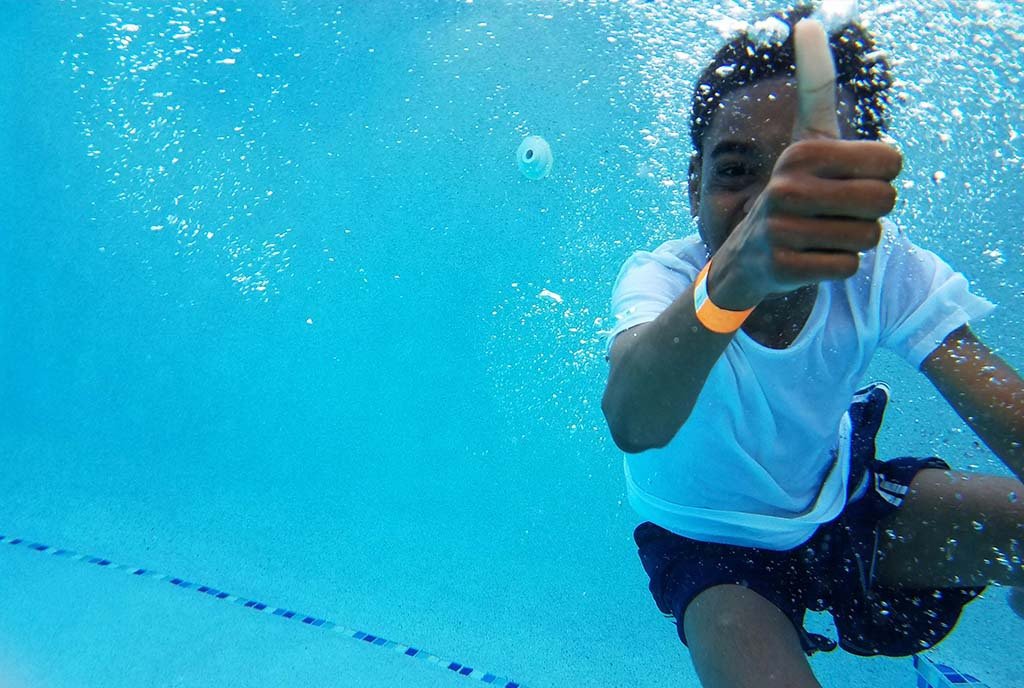August 16, 2011; Source: Yahoo! Sports | It is hard to look at the unfolding scandal involving one Nevin Shapiro, a “booster” for the University of Miami football team, and not marvel at the perversion of youth philanthropy that this guy’s behavior represents. We also wonder how many other Nevin Shapiros are out there showering the athletes and sports programs at nonprofit and public universities with millions of dollars in cash, all based the misguided idea that such behavior is good, harmless, and maybe even charitable.
Here’s the short-and-sweet on Shapiro. While serving a 20-year sentence for running a $930-million Ponzi scheme, Shapiro sat down for 100 hours of interviews with Yahoo! Sports as part of its 11-month investigation into the University of Miami sports programs. Shapiro told Yahoo! Sports that he spent millions of dollars on Hurricane athletes between 2002 and 2010. In addition to cash payments to athletes, Shapiro says that he also provided “prostitutes, entertainment in his multimillion-dollar homes and yacht, paid trips to high-end restaurants and nightclubs, jewelry, bounties for on-field play (including bounties for injuring opposing players), travel and, on one occasion, an abortion.” Among the recipients of Shapiro’s reported generosity were several Miami players who have gone on to star in the NFL, including Vince Wilfork, Andre Johnson, Devin Hester, Kellen Winslow, Antrel Rolle, and the late Sean Taylor. Yahoo! Sports corroborated much of Shapiro’s story by interviewing 100 other people, including players and coaches, and by uncovering tons of documentation.
Shapiro’s access, so to speak, derived from his co-ownership of the Axcess Sports & Entertainment agency, which represented players such as Wilfork. While the ’Canes might be seen in some quarters as just one more corrupt university athletic program, remember that the University of Miami is headed by former Health and Human Services Secretary Donna Shalala. She can be seen in one photograph accompanying the Yahoo! Sports article standing next to Shapiro, gleefully examining a $50,000 check from him for the football program. In all likelihood, of course, she didn’t know at the time that the money came from his Ponzi scheme.
The whole sordid affair raises questions about the role of boosters in nonprofit university charitable fundraising. Yahoo! Sports makes clear that Shapiro was a regular and generous annual donor to University of Miami sports. Shapiro was also part of the NCAA-approved “living scholar” program, in which he could personally (or corporately) fund the athletic scholarships of specific players. (Shapiro’s first “living-scholar” athlete was current NFL running back Willis McGahee.)
Shapiro claims that his service to the University of Miami football team was known by several coaches. He told Yahoo! Sports about the mechanics of his generosity:
Sign up for our free newsletters
Subscribe to NPQ's newsletters to have our top stories delivered directly to your inbox.
By signing up, you agree to our privacy policy and terms of use, and to receive messages from NPQ and our partners.
“Hell yeah, I recruited a lot of kids for Miami. With access to the clubs, access to the strip joints. My house. My boat. We’re talking about high school football players. Not anybody can just get into the clubs or strip joints. Who is going to pay for it and make it happen? That was me.”
It wasn’t just the players he sustained, it was also the money he gave the college. As he explained, “The whole time I was out there rocking and rolling, they were just waiting for the big check to come.”
There is a continuous debate within college sports about whether athletes like those who played for the Hurricanes (and by extension, Shapiro) deserve to be paid above and beyond the value of their football scholarships, since they are working as all-but-professional athletes for big money-making college sports businesses.
Leave that issue on the sidelines for the moment. The real question is, what do nonprofit universities think they are doing playing the charitable donation game with the category of donors known as sports boosters? Actually, the formal term for a sports booster is “Representative of Athletic Interests,” which is defined as anyone who has “made any type of contribution to the athletics department or to a booster club.” Somehow, that anodyne description fails to capture the scale of the various booster scandals we have seen around the country, none more so than the potential nuclear impact of l’affaire Shapiro at the University of Miami.
Doesn’t this rankle? Think of all of the universities that are legitimately trying to raise charitable donations to improve what they can really offer student-athletes (and keep in mind how infinitesimally small is the number of college athletes who become NFLers, much less top-flight players like Vince Wilfork). Think of all of the youth programs—especially the youth athletic programs—around the nation, all scrambling for charitable donations. The picture of Nevin Shapiro in his cell, boasting of the millions of dollars he gave the University of Miami while ratting out the ’Canes’ coaches and athletes, should serve as a powerful symbol of one sort of charitable giving that is hurting rather than helping the nonprofit cause.—Rick Cohen













